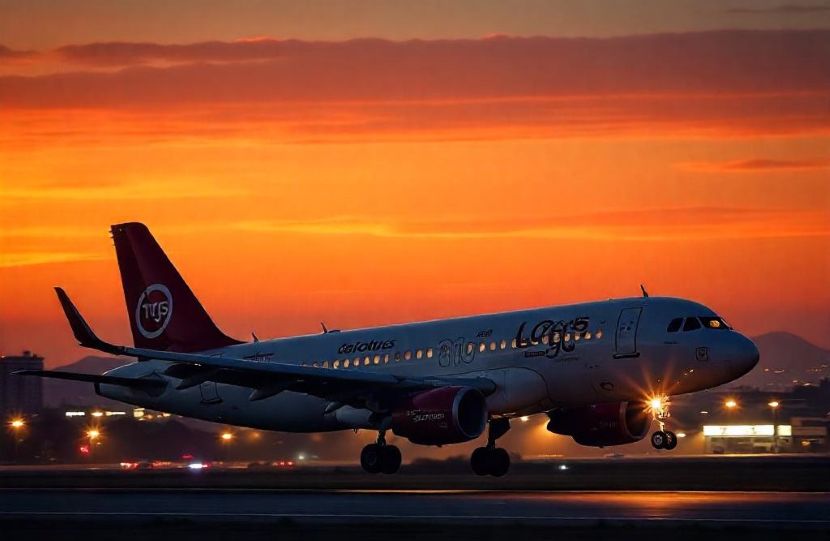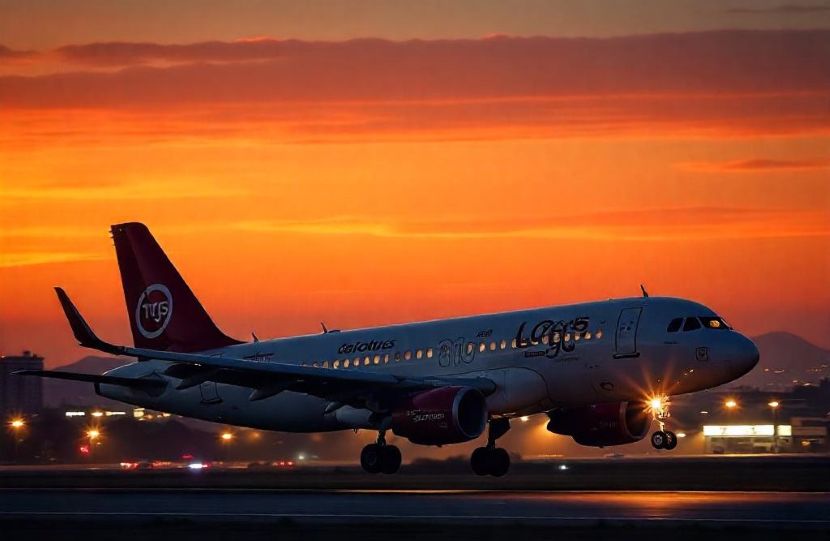Friday, July 4, 2025

With the European peak summer vacation season becoming stronger, new trends indicate that transatlantic flights to the United States are going down significantly as travelers from the continent are becoming increasingly hesitant towards journeys to America. Bookings to Paris, Barcelona, Rome, Zurich, Lisbon, and Prague have increased vastly due to the richness of the cultural experience provided by them, and the flight rates to the cities have also increased accordingly.
According to industry reports, the combination of lower airfares and shifting political and safety concerns has led to a major decline in the number of Europeans booking US-bound flights this year.
The Impact of Declining Airfares on European Travelers
In recent years, travelers across the globe have witnessed fluctuations in airfares, which have been shaped by a myriad of factors, including economic conditions, international conflicts, and airline competition. While airfares to the US were once considered exorbitant, an unexpected drop in ticket prices has made these trips more affordable. However, despite the apparent affordability, the decreasing cost of air travel has failed to incentivize many European tourists to visit the US this summer.
According to data from the International Air Transport Association (IATA), transatlantic airfares, particularly for economy class tickets, have dropped by approximately 10-15% compared to previous years. While this reduction theoretically makes travel more accessible for Europeans, it has not sparked the desired surge in bookings. The drop in prices, coupled with lingering safety concerns, seems to be steering many potential travelers away from the United States in favor of other destinations.
Safety Concerns and the Political Climate
A significant factor driving the shift in travel preferences is the growing sense of uncertainty surrounding safety in the United States. A number of Europeans have voiced concerns over the political landscape in the US, specifically the policies of former President Donald Trump, which have raised alarms regarding travel restrictions, stricter border enforcement, and the safety of international visitors.
Many travelers from Europe have expressed concerns about the potential impact of these policies on their experience, citing fears over stringent immigration checks and a more “unwelcoming” environment, particularly for non-US citizens. Reports of increasing hostility towards foreign visitors have also contributed to these worries. With these factors at the forefront, European tourists are increasingly hesitant to embark on transatlantic journeys despite the financial savings on flight costs.
Moreover, the media has played a pivotal role in shaping perceptions of travel to the US. Stories surrounding the security of American airports, the unpredictability of visa approvals, and the fluctuating political climate have influenced how potential travelers view the country. As a result, many Europeans have opted for alternative travel destinations within Europe and other parts of the world, which are perceived as less politically charged and more welcoming.
The Shifting Dynamics of Global Tourism
This shift in European travelers’ preferences represents a larger trend in the global tourism industry, where travelers are becoming more discerning about their destinations based on safety, political stability, and overall travel experience. Although the affordability of US-bound flights has made the prospect of a vacation to the US more appealing in financial terms, these external factors have overshadowed the price drop.
Travel experts suggest that while some might attribute the decline in transatlantic travel to price alone, the political environment and safety concerns have become central to the decision-making process. The fears about traveling to the United States are not new, but the drop in airfare prices has highlighted the extent of the divide between cost savings and the perceived risks of international travel.
Alternative Destinations Gaining Popularity
As European tourists turn their backs on the United States, several other international destinations have seen a surge in interest. Cities such as Paris, Barcelona, and Rome remain popular for their rich cultural experiences, while countries in Eastern Europe have witnessed a marked increase in travelers seeking more affordable vacations with fewer perceived risks.
In addition to these European cities, travelers are increasingly exploring destinations in Asia, Africa, and Latin America. Southeast Asia, in particular, has benefited from this trend, with countries like Thailand, Vietnam, and Indonesia emerging as key vacation hotspots. These regions offer a combination of lower costs, rich cultural heritage, and safety, making them attractive alternatives to the United States.
The Way Forward for US Tourism
Despite the growing challenges, the US tourism industry is not without hope. Travel experts argue that reversing the trend will require a comprehensive shift in how the country presents itself to international visitors. With global tourism evolving at a rapid pace, the US must focus on ensuring the safety of travelers, improving the visa process, and addressing concerns about a perceived lack of hospitality.
Transatlantic bookings downturn can also serve as a wake-up call to US policymakers and the tourism sector to reassess their strategy. By giving priority to the safety of visitors, calling for freer policies, and positive communication to convince foreign guests of the open and hospitable environment of the country, the US can begin to reverse the trends of international tourism.
«Enjoyed this post? Never miss out on future posts by following us»
Tags: airfares, Barcelona, Europe, Lisbon, Paris, Prague, rome, Transatlantic, travel trends, United States, Zurich
